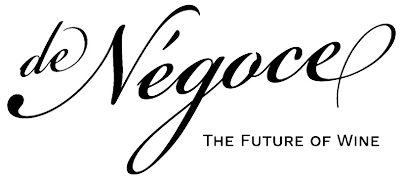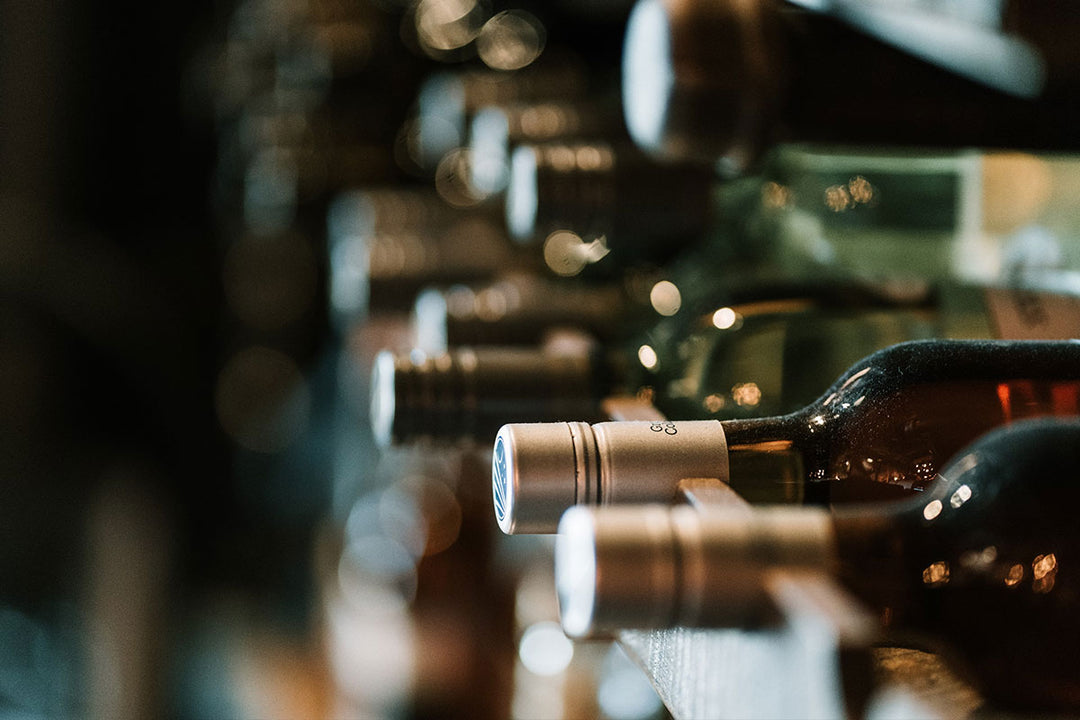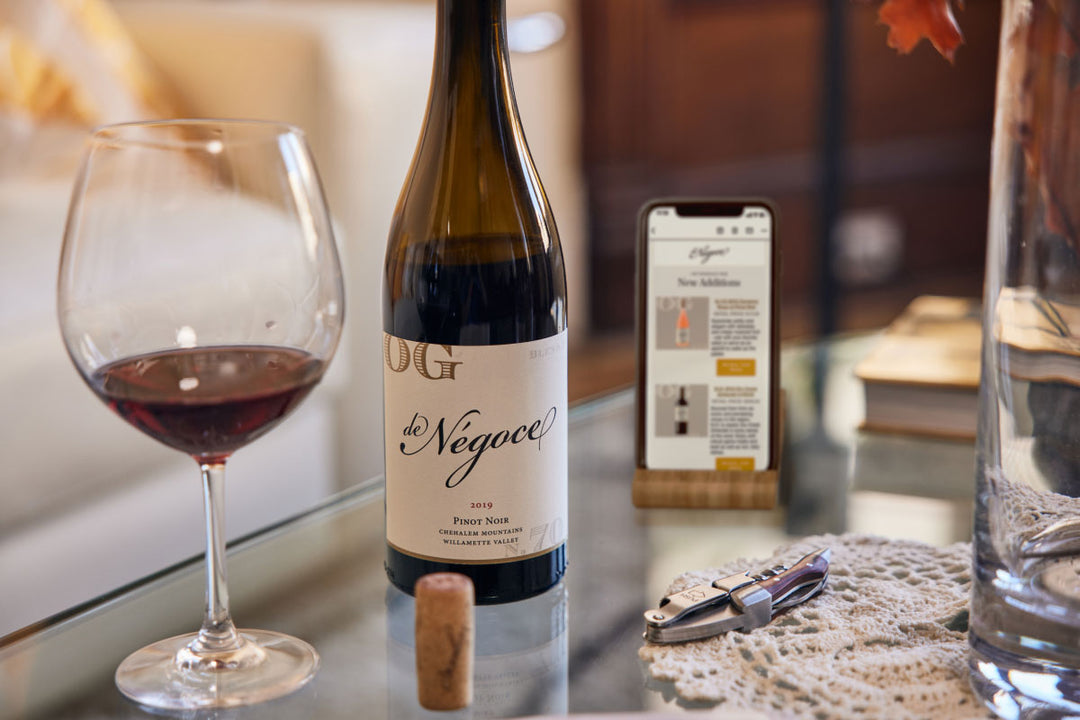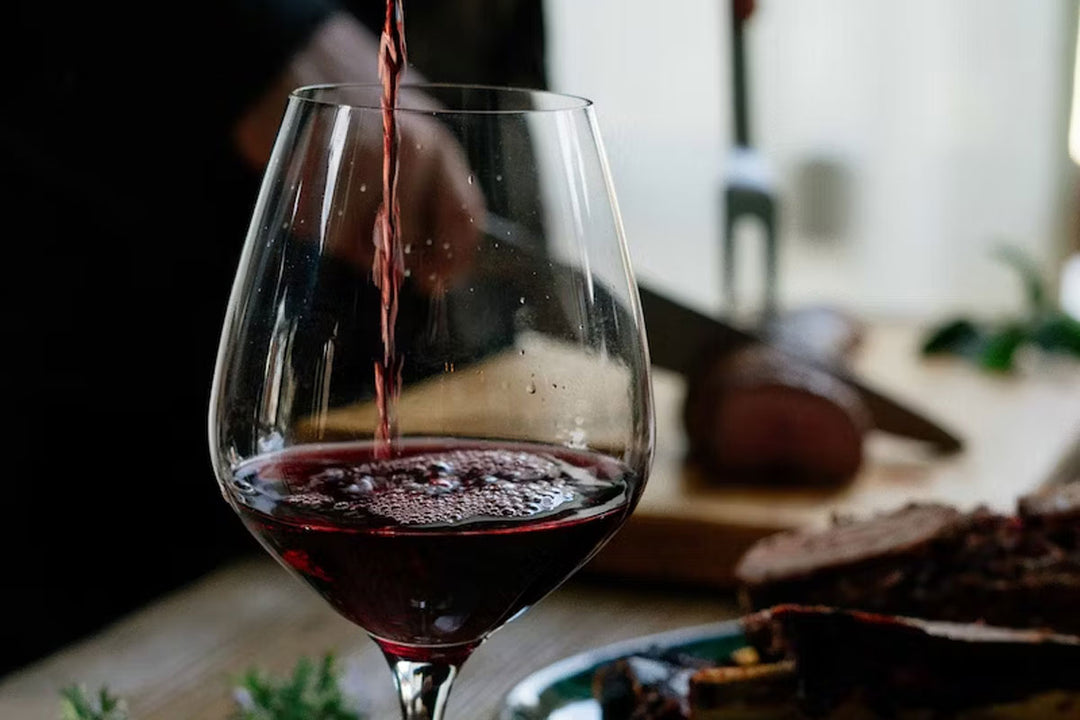General
The proper pronunciation is “deh nuh gose”.
For now, our wine shop ONLY accepts orders placed in 6- or 12-bottle increments. Please mix-and-match your wines into 6- and 12-bottle-sized orders only – thank you! All wine futures orders are sold and shipped in either 12-bottle cases or 6-packs.
Shipping
Besides cutting out layers of middlemen, our pricing is amazing because we sell you the wine either before or shortly after it is bottled. We only sell "futures" offerings in full- and half-cases. This maximizes our efficiency and allows you to access the best priced wine on the planet. The trade-off to getting a $100 Napa Cabernet Sauvignon for $20 is that we will ship the wine to you in the "future" from when you purchased it depending on the timing of bottling and where it is coming from. We provide an estimated ship date on every future wine sold. See the current status of all pending "future" wines that have not shipped yet here.
When de Négoce first launched in May 2020, the wines offered were still in barrel – this was a key feature of our model and why the wines are so well-priced. Quite a few wines are still offered this way; however, our growth has enabled us to get further along in the bottling cycle and we now offer recently bottled wines as well. Please read the release email closely to determine which state your wine is in and for the approximate ship date. Bottled domestic wines usually ship 3-6 weeks from offer while unbottled wines can take 6-12 weeks to ship after the offer. Some wines take longer due to difficulties bottling in the Fall (it’s tough to bottle wines during harvest due to all the yeast flying around) or they are coming from overseas. For a status update on all Future (Tranche 1) wines that are still pending shipment please click here.
Yes, wines are available for purchase in the contiguous U.S. only excluding AL, AK, AR, DE, HI, MS, ND, RI, UT, WV.
Returns
Due to the nature of alcoholic beverage regulation, all sales are considered final.
If you need to cancel either an LTS or Buy & Hold order, please email our team and we can cancel the order for you with our warehouse - please note refunds will only be processed in the form of store credit, less a 15% restocking fee.
Once your order has shipped we can only accept cancellation/refund requests for non-damaged and undelivered wine under exceptional circumstances.
Refunds for pre-authorized returns or for wine returned as undeliverable are issued only as Store Credit less actual incurred shipping cost.
If you have received your wine delivery and it has been damaged in transit or you are otherwise unsatisfied, please contact us for resolution. Your satisfaction is our priority.
Wine
In most instances, we purchase wines that have already been barrel-aged and are ready to go into the bottle. Once a wine is bottled it experiences “bottle shock” where, during the process, the wine picks up oxygen which temporarily forms compounds that act as a layer on top of the wine and muting its flavors and aromas. Different wines take different amounts of time to move through bottle shock. Good rules of thumb are as follows:
- Bold, structured (high in tannin) Cabernets similar to those from Napa Valley or Walla Walla (as well as bigger, brawnier Syrah’s and even Zinfandel with lots of extract and oak) – 3-4 months to get through bottle shock. However, it’s very likely, particularly in good vintages, that the wines will improve greatly over the next 8 months as well, further coalescing in the bottle and getting more complex.
- Medium-bodied reds like a Pinot Noir or Zinfandel – usually 2 to 3 months to get through bottle shock before settling in to gain complexity and bottle bouquet over the next couple of months.
- Medium to full-bodied whites like Chardonnay, Rhone Whites, or barrel-aged Sauvignon Blancs – usually two, sometimes three, months to get through shock and then, depending on the wine, possibly several more months of bottle age to add complexity and bouquet.
- Light-bodied whites like stainless steel fermented Sauvignon Blanc – 6-8 weeks in bottle and they are usually good to go but barrel-aged/fermented versions with a bit more stuffing will need another couple months and continue to develop additional complexity and bottle bouquet.
This is the date the wine goes into the bottle…see above for drinking timeline recommendations.
Wine is stored in either barrel or tank in an oxygen-free or “reductive” environment. When wine is transferred from tank/barrel to bottle, it picks up oxygen which creates compounds that act like a layer or blanket on top of the wine, muting its flavors. As well, filtration can break up phenolics that then need to coalesce again in the bottle. So, depending on the wine, getting through bottle shock takes anywhere from 4-6 weeks for light whites to 3-4 months for big reds (more on this below).
While red wines take longer to move through bottle shock, high-quality reds that will age well also benefit from additional time in the bottle to develop mid-palate complexity and bottle bouquet. A good rule of thumb for high-quality Napa Cabernet is a good year in bottle before opening. Certain vintages, like Napa Valley Cabernet in 2013, are powerfully structured and are significantly benefitted by 3-4 years in bottle. It doesn’t mean you can’t drink and enjoy them before then; however, you are likely missing out on considerable complexity and approachability by not doing so.
Foils capsules were originally conceived to protect wines in damp cellars full of critters like boll weevils that feed on cork. However, given today’s modern storage conditions, those are likely no longer a threat. As well, the “technical closures” that we use to seal our wines are not an attractive food source for critters. The truth is capsules today are merely decorative and nothing more than an added expense. Given that, and the fact that 99% of capsules and are non-recyclable (polylaminate or dual materials are not recyclable), I decided to leave them off.
Technical closures can be made from cork that has been cleaned to be free of TCA (mold that causes “corked” or “cork-taint” aromas) such as a VINC or DIAM or plant-based solutions such as Nomacork that are naturally TCA-free. An additional benefit to these closures is predictable “oxygen transfer rates” are engineered into the closures allowing us to match the wine with its optimal closure, emphasizing early-drinkability in some wine and ageability in others. Having bottled literally over a thousand wines from around the globe under various closures and running multiple tracking tests of various closure on the same wine, I believe few in the industry have the experience with technical closures as our organization.
We do not advise using Coravin with any de Negoce wine, as the dominant technical closure that we favor does not work with the Coravin system.
This information is located at the bottom of the product page for that wine.
A decant is a technique to slowly micro oxygenate powerfully structured wines in their youth. The day before you plan on drinking your wine (yes, this requires a little advance planning), simply uncork your wine and pour into another vessel, be it a decanter, carafe, jug or whatever else works to allow some oxygen to ingress the surface area. Let it sit for an hour or two, then pour the wine back into the original wine bottle (a funnel makes it easier), re-cork, and leave alone until the next evening. Pop and pour.






